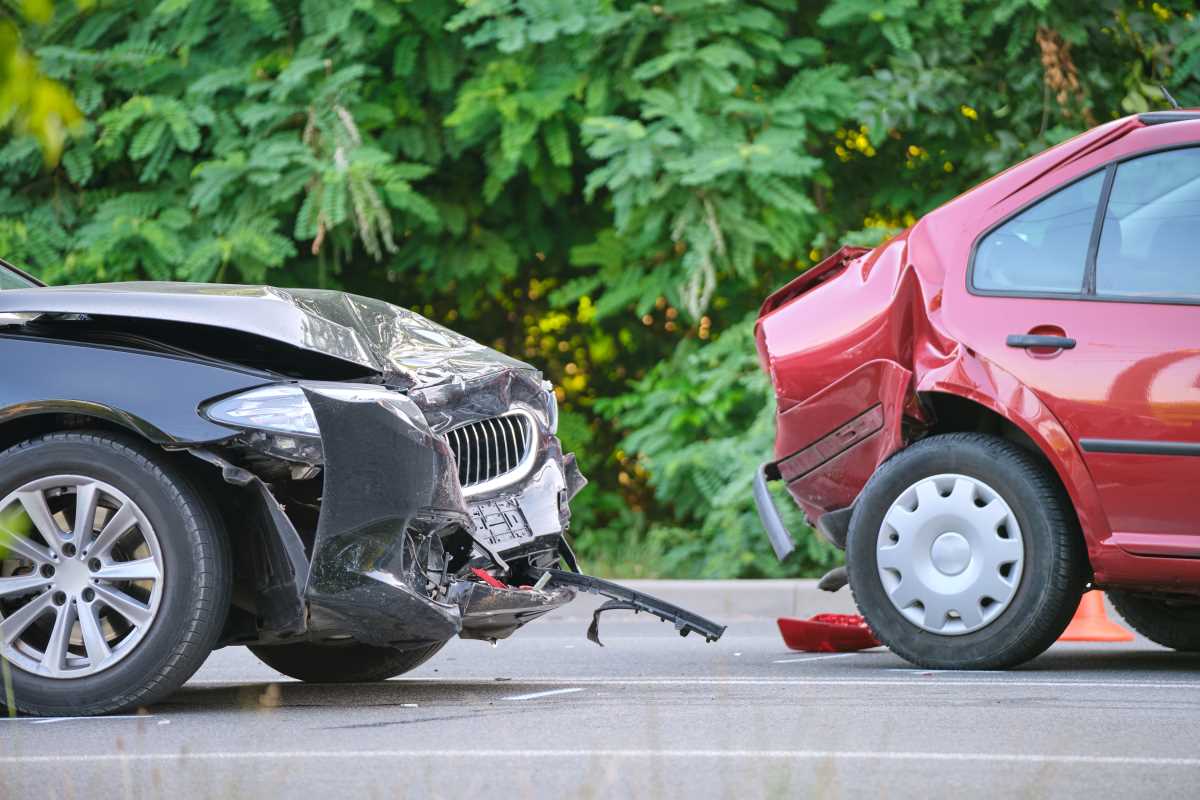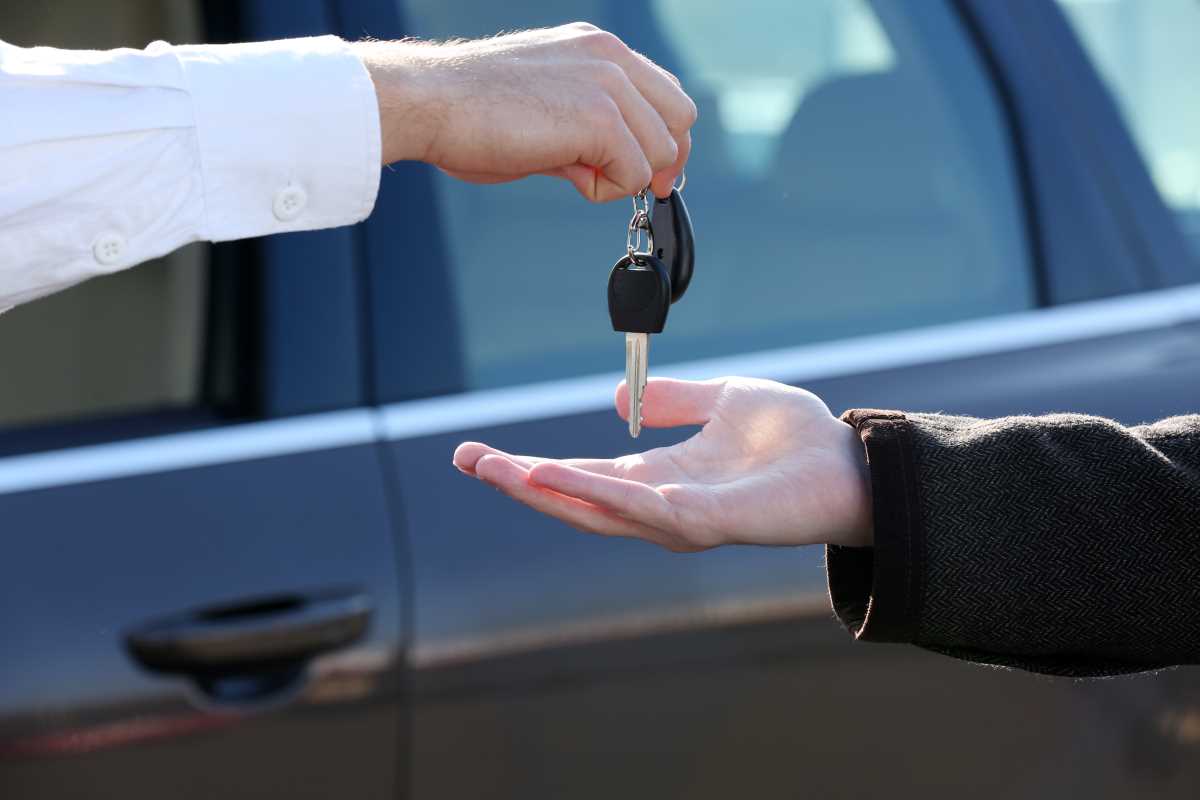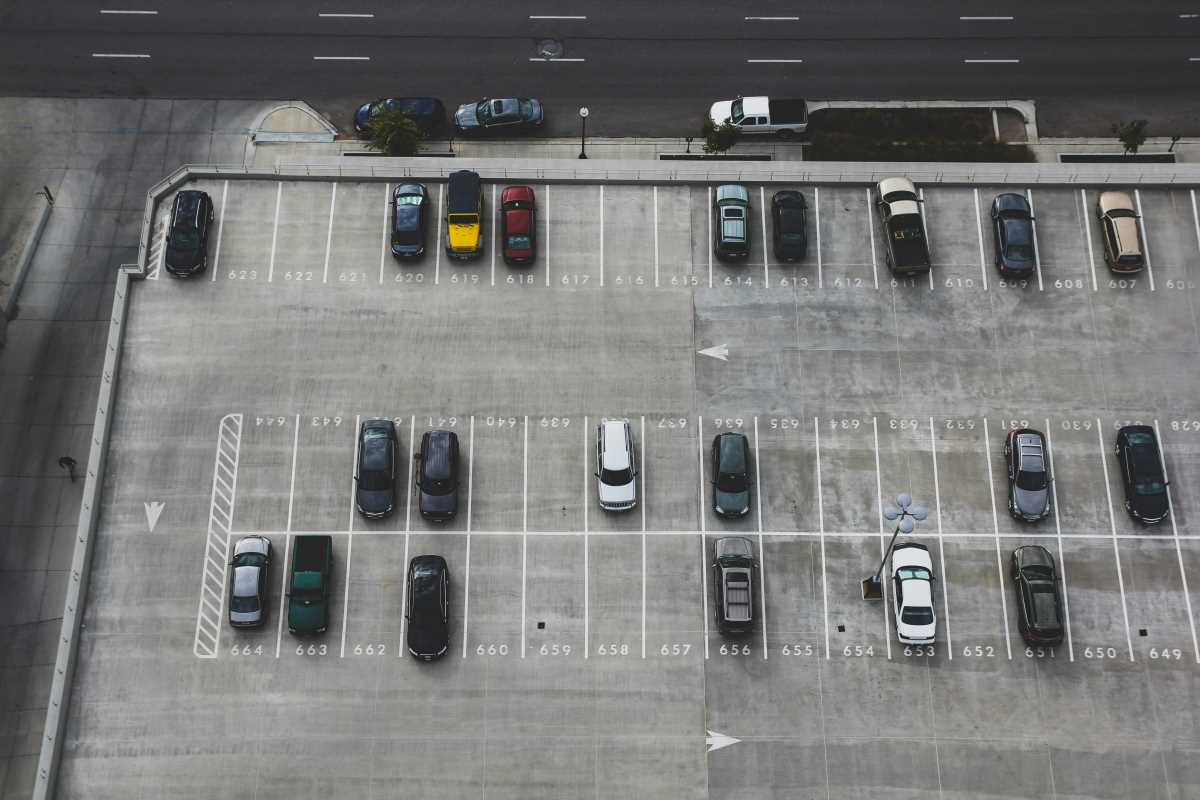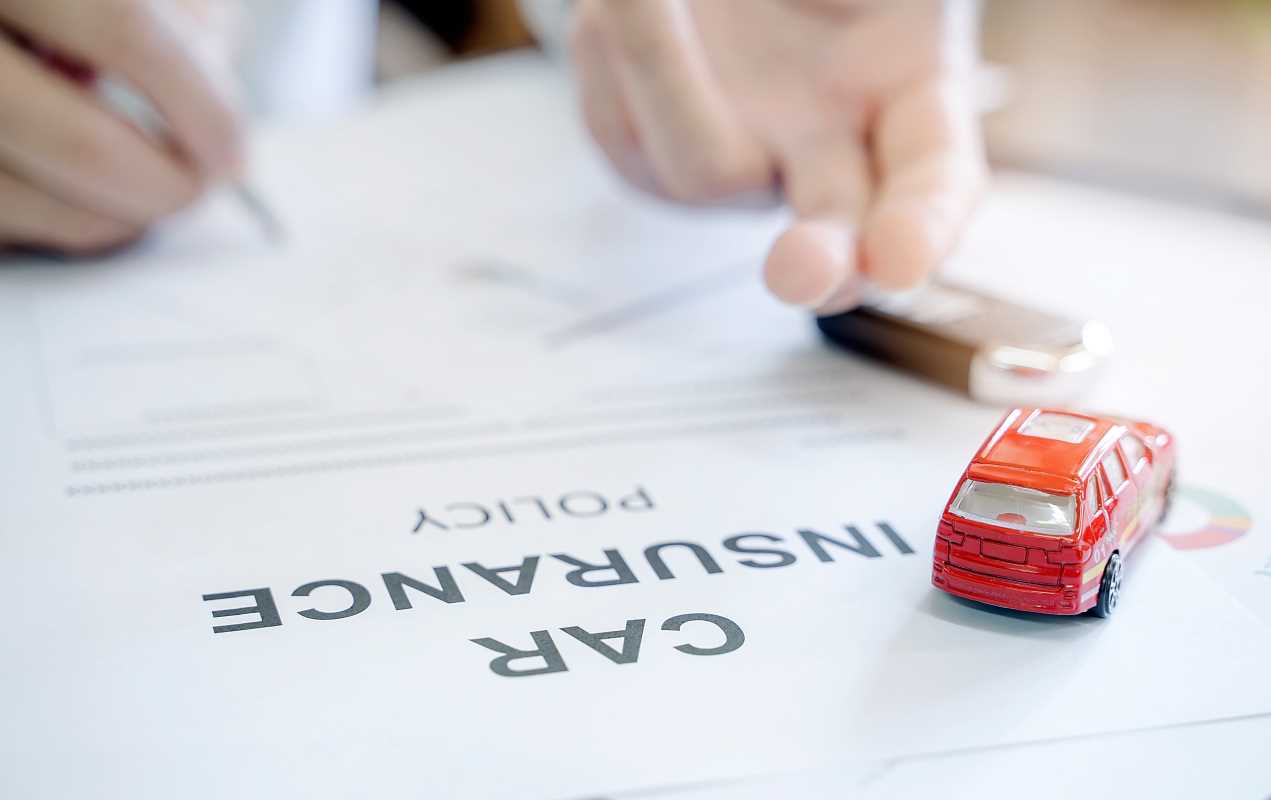Hearing the crunch of metal is a terrible sound, but the financial echo that follows an at-fault accident can be just as painful. After you’ve filed a claim, it’s almost certain that your car insurance premium will increase. This rate hike, known as a surcharge, is how insurers adjust for the new, higher risk you represent. It can feel like a penalty that lasts forever, but it doesn't have to be a long-term financial disaster. While you can't erase the accident from your record, you have a surprising amount of power to fight back against high rates. By understanding how surcharges work, shopping aggressively at the right time, and making smart adjustments to your policy and driving habits, you can navigate the post-accident insurance market and find an affordable rate much sooner than you think.
What Happens to Your Rate After a Crash
After an at-fault accident, your insurance company will re-evaluate your risk profile and likely add a surcharge to your premium upon renewal. This increase can be substantial, often ranging from 20% to 50% or more, depending on the severity of the claim and your driving history. It’s important to distinguish between a "chargeable" accident, where you are deemed more than 50% at fault, and a not-at-fault accident, which typically does not impact your rate. Some drivers may be protected by "accident forgiveness," a feature offered by some insurers that waives the surcharge for your first at-fault accident, but this is not a standard part of every policy.
The bad news is that this surcharge isn’t a one-time thing. It will typically stay on your policy for three to five years, depending on your insurer and state regulations. The good news is that the impact often lessens over time. The surcharge may be highest in the first year and then gradually decrease each subsequent year you maintain a clean driving record. Knowing this timeline is the first step in creating a plan to get your rates back down.
Fix the Easy Stuff First
Before you start a massive search for a new insurer, take a moment to review your current policy for easy savings. Often, outdated information can be costing you money. Ensure your garaging address is correct, especially if you have recently moved to an area with lower insurance rates. Update your annual mileage; if your commute has changed or you're working from home more, you might qualify for a low-mileage discount.
Review the list of drivers and vehicles on your policy. If a driver has moved out or you've sold a car that's still listed, removing them can provide an immediate reduction. Look for simple administrative discounts, too. Signing up for paperless billing and automatic payments often comes with a small discount. Paying your six-month or yearly premium in one lump sum instead of monthly installments can also save you money by avoiding service fees. Finally, ask your current insurer if trying out their telematics or usage-based insurance program could help offset the new surcharge with a safe-driving discount.
Shop Aggressively and Time It Right
The single most effective way to lower your rate after an accident is to shop around. Don't assume your current company is still the best fit. Each insurer calculates risk differently, and the company that was cheapest for a driver with a clean record may be one of the most expensive for a driver with an accident. You should get at least three to five quotes from a mix of large national carriers and smaller, regional insurers who might offer competitive rates in your area.
Timing is also crucial. Your first instinct might be to shop immediately, but the best time is often right before your policy renewal date, after the surcharge has been applied. This allows you to compare your new, higher renewal rate against fresh quotes from other companies. Mark your calendar to shop again six months after that, and then again every six months. As time passes and the accident gets further in your rearview mirror, your quotes will start to improve. Most importantly, shop aggressively around the three-year mark, as this is when many insurers stop factoring the accident into your rate.
Pick Coverages Strategically Without Getting Risky
While looking for savings, it’s tempting to slash your coverages, but this can be a dangerous move. Never reduce your liability limits. After an accident, you are seen as a higher risk, which makes it even more important to have high liability limits (like 100/300/100) to protect your assets from a future lawsuit. A smarter strategy is to adjust your deductibles. Raising your collision and comprehensive deductibles from $500 to $1,000 can significantly lower your premium, as long as you have the cash in an emergency fund to cover the higher out-of-pocket cost.
Consider the value of your vehicle. If you drive an older, paid-off car with a low market value, it might be time to drop collision and comprehensive coverage altogether. If the annual cost of the coverage plus your deductible is close to or more than the car's value, it's no longer a good financial bet. You can also evaluate smaller add-ons like rental reimbursement and roadside assistance. While helpful, temporarily removing them could provide a small amount of savings if you have other options, like a second car or a membership with an auto club.
Prove You’re Lower Risk Starting Today
While the accident is on your record, you can start building a new track record of safe driving immediately. Enrolling in a state-approved defensive driving course is a proactive step that can earn you a discount from many insurers. It shows them you are committed to improving your skills. From this point forward, maintaining a spotless driving record is your top priority. Every ticket-free, accident-free month brings you closer to lower rates.
You can also make small changes to your daily habits. Park in secure, well-lit areas or in a garage to reduce the risk of a comprehensive claim. If you can, find ways to reduce your annual mileage by carpooling or using public transit once a week. It’s also wise to re-evaluate filing small claims in the future. If you have another minor incident where the repair cost is close to your deductible, paying out of pocket might be cheaper in the long run than filing another claim and extending your high-risk period.
Special Situations and Watch-Outs
Certain situations can make finding cheap insurance after an accident even more challenging. If you have multiple accidents on your record or a major violation like a DUI, which may require an SR-22 filing, your options will be limited and more expensive. In these cases, you may need to look for insurers that specialize in high-risk drivers. If you have a teen driver on your policy who was involved in the accident, the rate increase can be especially severe, making it absolutely critical to shop around and maximize every possible discount.
The type of car you drive also matters. Insuring a luxury or high-performance vehicle will already be expensive, and an accident will amplify that cost. If you drive for a rideshare service, remember that your personal policy will not cover you during an accident while you're working, and a claim on your commercial policy can affect your personal rates as well. Always be transparent about these situations when getting quotes to ensure you are properly covered.
Build a Recovery Plan and Reminder Cadence
Don't leave your insurance savings to chance. Create a concrete plan for recovery. The moment you know your accident surcharge will end—whether it's in three years or five—put a reminder on your calendar for that date. This is your "freedom day," and it's the prime time to shop for insurance as a driver with a newly clean record again. Set additional calendar reminders to re-shop your policy every six months until that date arrives.
Keep a running document or note where you track your quotes, the discounts you've qualified for, and any communication with insurance agents. This documentation will empower you during your next round of shopping. By methodically tracking your progress and consistently searching for better rates, you turn a frustrating situation into a manageable financial goal, ensuring you get the cheapest possible rate every step of the way.







